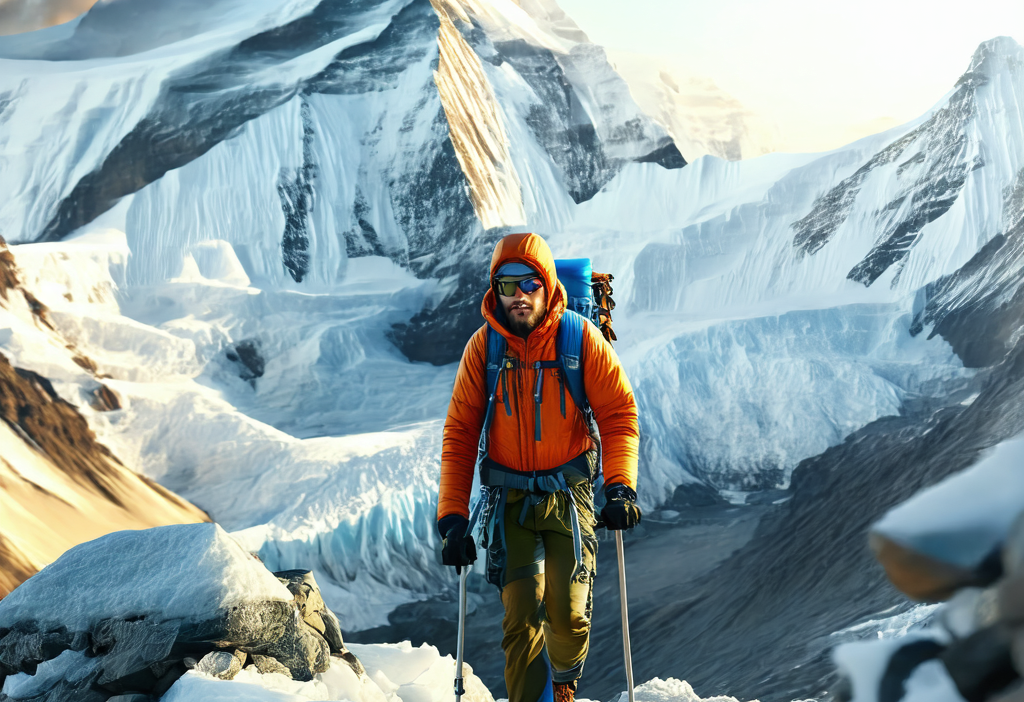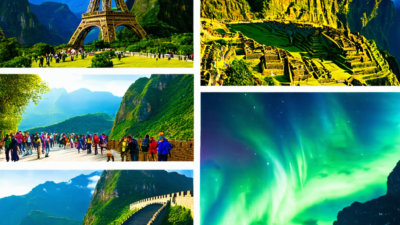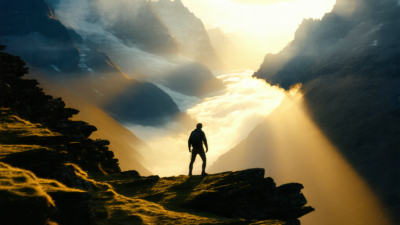Exploring the Best Hiking Gear for Conquering Mount Everest
Hiking Mount Everest is an adventure that tests not only physical endurance but also the equipment you carry. The extreme conditions at such a high altitude demand nothing less than the best hiking gear available. Whether you’re a seasoned hiker or planning your first expedition, choosing the right gear can make all the difference between success and failure.
Why Hiking Gear Matters
Mount Everest’s harsh environment is unforgiving. The thin air, extreme cold, and unpredictable weather require specialized equipment designed to withstand these challenges. High-quality hiking boots, for example, need to provide both insulation and traction on icy terrain. Layering your clothing appropriately can help regulate body temperature, preventing hypothermia or overheating. It’s not just about having gear; it’s about having gear that works in perfect harmony with your body and the environment.
Key Features of Essential Hiking Gear
When selecting hiking gear for Everest, there are several key features to consider:
- Durability: Your gear must withstand extreme conditions without failing. Look for materials that are both lightweight and tough.
- Weight: Every ounce counts when you’re carrying everything on your back. Opt for lightweight yet robust options wherever possible.
- Insulation: Extreme cold necessitates layers of insulation to retain body heat without adding unnecessary weight.
- Traction: The right footwear is crucial. Traction-enhancing technologies can mean the difference between secure footing and a dangerous slip.
Investing in high-quality gear might seem expensive, but it’s an investment that could ultimately save your life on Everest.
Picking the Right Hiking Boots
Your boots are perhaps the most critical piece of equipment. They need to provide support, insulation, and traction. Look for models designed specifically for high-altitude mountaineering. Features like waterproofing, reinforced soles, and ankle support are essential. Remember, your feet will be under immense stress, so comfort is equally important alongside functionality.
Some top-rated boots include:
- North Face Traverse Alpine Boot
- Mammut Tenzing Pro GTX
- Baffin MTE Yukon
Clothing Layers for Mount Everest
Dressing in layers is the best approach to manage Everest’s extreme temperatures. Start with a moisture-wicking base layer, followed by insulating layers like fleece or down, and finish with a waterproof outer shell. This setup allows you to adjust your clothing as needed throughout the day.
Key items include:
- Base Layer: Merino wool or synthetic fabrics that wick away sweat.
- Insulation: Down jackets or pullovers for warmth without bulk.
- Outer Shell: Waterproof and windproof jackets to protect against the elements.
Packing Essentials: What Not to Forget
Beyond boots and clothing, there are several other essentials you’ll need for your Everest expedition:
- Trekking Poles: These provide stability on uneven terrain and reduce strain on your knees.
- Crampons: Essential for navigating icy paths safely.
- Sleeping Gear: A high-quality sleeping bag rated for extreme cold and a compact, insulated tent are vital for survival at high altitudes.
- Nutrition: High-calorie, lightweight snacks that provide sustained energy throughout the day.
Safety First: The Importance of Training
No matter how excellent your gear is, it won’t compensate for lack of preparation. Proper training and acclimatization are critical to success on Everest. Build up your physical stamina gradually, and practice using your equipment under similar conditions if possible.
Environmental Considerations
Finally, remember that Mount Everest is not just a challenge for hikers—it’s also one of the most fragile ecosystems in the world. Leave no trace principles are essential to preserving this pristine environment for future generations. Proper waste disposal and minimizing your impact should be integral parts of your expedition plan.
Conclusion
Mount Everest is a place where every decision matters, and your choice of hiking gear is no exception. By investing in high-quality, well-thought-out equipment, you’ll be taking a significant step towards ensuring your safety and success on the mountain. Remember, it’s not just about reaching the summit—it’s also about coming back safely and respecting the environment along the way.





